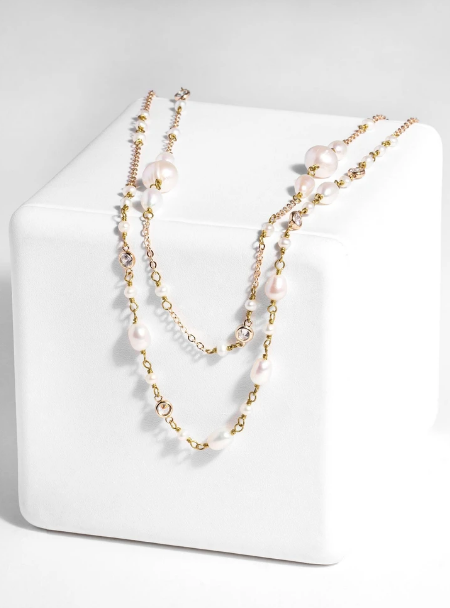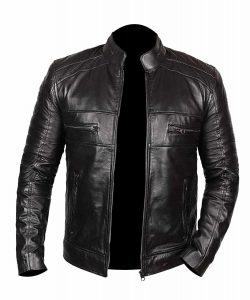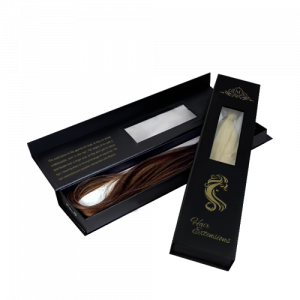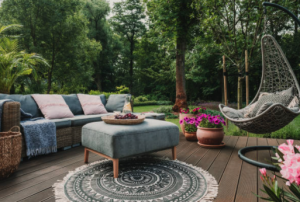Necklaces: A Spectacular Look Back At The History Of Necklaces
4 min read
A necklaces can come in a wide range of structures, from chains and dots to pearls and gemstones. They can be short and near the neck or hanging right down past the midsection. The necklace has had a long and energizing history in the public arena. Here are generally current realities and history you should think about the necklaces.
The Early History of Necklaces
The primary necklaces in history were made with a ton of natural materials, like bones, feathers, plants, teeth, and shells. One of the earliest known instances of them were found in a Neolithic entombment in the Alps, which is accepted to have been between 4200-3400 B.C.E. Other early necklaces were made with turned metal, for example, the torc, which was an antiquated Celtic necklace worn in Ireland and Scotland between 1800-1500 B.C.E. Old Egyptians wore an assortment of styles of necklaces. One they would ordinarily wear was a collar style that was made with valuable materials for celebratory, strict, and funerary purposes. Necklaces were something beyond enriching pieces. They likewise imparted explicit implications in the public arena. In certain societies, necklaces were an indication of distinction, influence, and riches. By the medieval times, necklaces were supplanting pins as the gems generally worn during the early Renaissance time frames.
An illustration of necklaces mirroring an indication of abundance were those that were set with gemstones or made with hefty gold chains with pendants. One of the possible times in history when necklaces weren’t as normal was during the Gothic time frame, between 1150-1450 C.E. There were a few records of the precious stone, pearl, and ruby necklaces. In any case, they wouldn’t ascend to unmistakable quality until some other time in the Middle Ages when neck areas became lower. It was a typical style of the well off between the fourteenth and seventeenth hundreds of years. The majority of the patterns of wearing necklaces were in the style of American and European design.
Materials Used for Necklaces
As reference before, an assortment of materials have utilize for making necklaces since forever. In western culture, most necklaces have structure with gold, precious stones, and pearls. Of the three, the jewel necklace has been quite possibly the most costly images of allure, eminence, and abundance. Pearls were a mainstream decision among Roman ladies during the Renaissance and mid eighteenth century. Sovereign Elizabeth I was one of the pioneers of pearl necklaces in England. During the sixteenth century, as she wore them, more ladies started to wear long pearl necklaces. It stayed an exemplary present for youthful British and American ladies during the mid-twentieth century. In the cutting edge time, female experts and furthermore ladies carry pearl necklaces.
Male Necklaces
Men’s necklace generally quit being mainstream around the eighteenth century, as it turned out to be more seen as a ladylike type of adornment. This view on necklaces would change during American culture during the 1960s and 1970s. The ’60s, individuals who recognize as nonconformists would wear love dabs around their necks. During the ’70s, as Disco got famous, it turned out to be more in vogue for men in America and Europe to wear necklace.
Late twentieth century, this style of necklace turned out to be extremely noticeable inside American hip bounce culture. Hip jump specialists would sport platinum or gold chains that had precious stone encrusted pendants holding tight them. It has likewise been normal for male strict figures to wear necklaces too.
Necklaces in Asian and African Cultures
While the historical backdrop of adornments will in general zero in for the most part on western culture, the necklace was an unmistakable piece of Asian and African societies, as well. In traveling societies, necklaces would in general have to a greater degree a useful reason as opposed to for adornment. Substantial silver necklace that have costly components, like coral dabs, golden, or silver coins, were saw as “bank accounts.” The necklace can change over to cash in these societies. The Hmong public, who are an ethnic gathering noticeable in East and Southeast Asia, wore many silver coins and weighty silver metal as necklace. It was a method for showing every family’s financial abundance wear by the family’s young ladies during seeking customs.
Pendants
Pendants are trimmings that are suspend from different bits of adornments, like studs, wristbands, and necklace. On account of necklace, they come in numerous structures. They can be huge jewels, crosses, lockets, talismans, appearances, or pearls. Talismans were one of the more commonplace pendants utilize. They’ve viewed as four leaf clovers and assurances against any type of evil during the mid twentieth century. Some agnostic societies and individuals from people religions accepted that special necklace had supernatural force.
Lockets
Lockets are little pendants that are exceptionally mainstream on necklaces. It has a round or oval case with a pivot cover. For the most part, these little pendants are wear for nostalgic reasons. Within them, they can hold a photo of somebody you care about, a lock of somebody’s hair, and before photography, they had a picture of somebody painted inside. Similar to the assortment of material use to make different pendants, lockets can form with different metals, and they’re regularly set with gemstones. In the Middle Ages, lockets were worn as a reverential item which conveyed a holy person’s relic inside. Sovereign Elizabeth I would likewise gift lockets that had her picture inside to her number one subjects.





